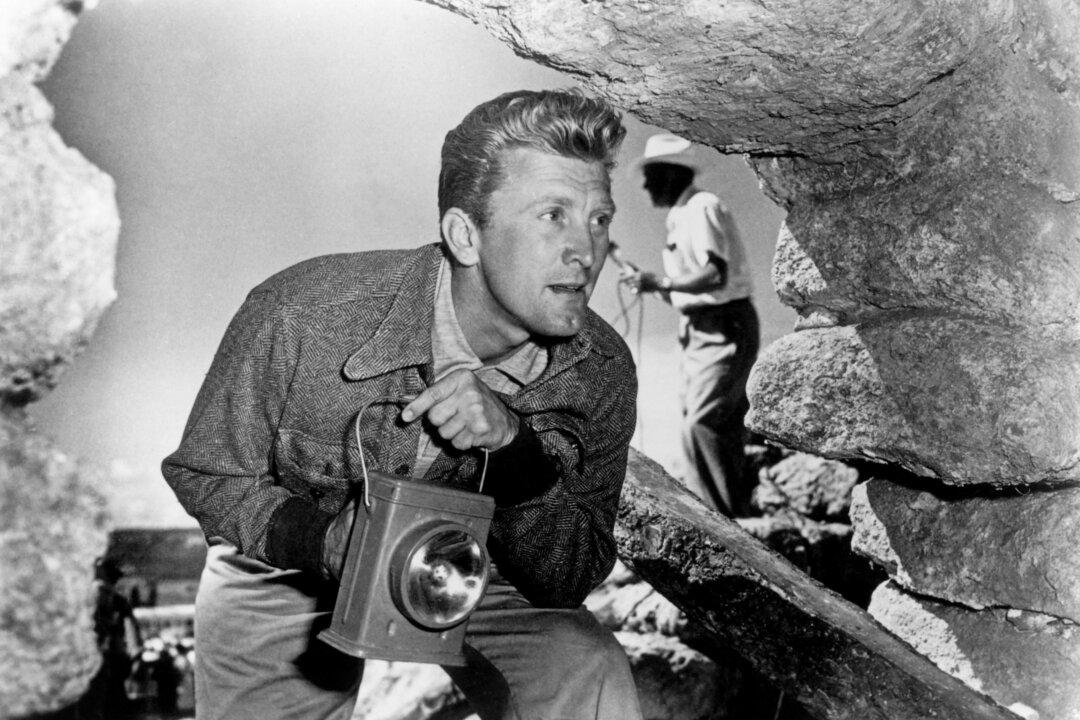“Week-End at the Waldorf” sounds like the title of a travel brochure, but it’s actually the name of a highly successful classic movie. Featuring an all-star cast of MGM players, this wartime extravaganza was a remake of “Grand Hotel” from 1932, updated to the more relatable setting of New York during World War II.
This major MGM production was produced by Arthur Hornblow Jr. and directed by Robert Z. Leonard. The cast contained only MGM’s biggest names, including Ginger Rogers as overworked movie star Irene Malvern, Walter Pidgeon as battle-weary war correspondent Chip Collyer, Lana Turner as enterprising stenographer Bunny Smith, and Van Johnson as wounded flyer Captain James “Jimmy” Hollis.





